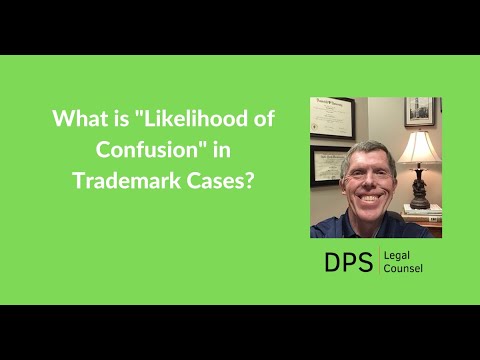In today’s episode, I discuss what it means when a USPTO trademark examiner issues a substantive office action claiming that an applicant’s trademark is likely to cause confusion under Section 2(d) of the Trademark Act with an existing federally registered trademark.
The discussion centers on a recent decision (July 2, 2021) from the USPTO’s Trademark Trial and Appeal Board in the case of “In re Forage Holdings LLC.”
At issue was the applicant’s trademark “FORAGE KITCHEN,” which the applicant wished to have register on the Principal Register “for restaurant services” in International Class 43.
The trademark examiner refused registration of the trademark under Section 2(d) of the Trademark Act on the ground that the applicant’s mark (i.e., FORAGE KITCHEN) when used with the identified services (restaurant services) so closely resembled the already registered trademark PHORAGE for “bar and restaurant services” in International Class 43 that there would be a likelihood of confusion.
The applicant appealed the trademark examiner’s determination to the Trademark Trial and Appeal Board.
The TTAB noted in its decision that a determination on the issue of likelihood of confusion is based on an analysis of all the probative facts in evidence relevant to the factors set forth in the In re E.I. duPont de Nemours & Co. case. And further, the TTAB said that in any likelihood of confusion analysis, there are two key considerations: the similarities between the marks and the similarities between the services.
In this case, the services were essentially identical (i.e., “restaurant services” and “bar and restaurant services”). So the analysis really boiled down to the similarity of the two marks in question.
However, before embarking on an analysis on the similarity of the two marks, the TTAB discussed the sixth DuPont factor: the number and nature of similar marks in use on similar goods or services, since extensive registration and use of similar marks by others in the field can be powerful evidence of a mark’s weakness.
The applicant provided evidence that a large number of restaurants and food service businesses use the time FORAGE in their names. The applicant also provided the TTAB with a number of third-party federal registrations issued to different entities with FORAGE-formative marks identifying restaurant and food preparation services, as well as for a variety of food products. The applicant also submitted evidence showing the trend for foraging for food.
Based on this evidence, the TTAB found that FORAGE-formative marks are both conceptually and commercially weak and, therefore, are entitled to a narrow scope of protection.
With that background, the TTAB moved to a consideration of the similarity of the two marks.
Although the TTAB noted that the two marks were phonetically similar in that “FORAGE” and “PHORAGE” will likely be pronounced the same. However, since FORAGE was found to be a weak mark for restaurant services such that consumer are able to distinguish among numerous FORAGE restaurants based solely on the presence of additional wording such as “lounge,” “public house,” “brewery,” and “market,” the common pronunciation of the two marks was not enough to find that the marks were sufficiently similar to support a finding of likelihood of confusion. Added to this analysis was the fact that the word “PHO” is the name of a well-known Vietnamese soup and “FORAGE” means to search for food. Accordingly, the TTAB also found that consumers would likely be able to distinguish the marks based on these different meanings.
In addition, the registrant of the mark PHORAGE had issued a letter of consent with the owner of a different pending application for the mark FORAGE, also for restaurant services, stating that the registrant does not believe that there is any confusion between PHORAGE and FORAGE and their respective restaurant services due to the significant differences in the marks themselves and that FORAGE and PHORAGE are different and connote different commercial impressions. Since the letter of consent was with a different applicant and not the one before the TTAB in this matter, and given the findings that the FORAGE-formative marks were weak, there was a difference in commercial impression between FORAGE and PHO, the TTAB did not consider the registrant’s statements in making its decision. However, the TTAB did note that the registrant’s statement in its letter of consent with the owner of a different pending application was consistent with the TTAB’s findings in this case.
In the end, the TTAB reversed the determination of the trademark examiner and found no likelihood of confusion.

